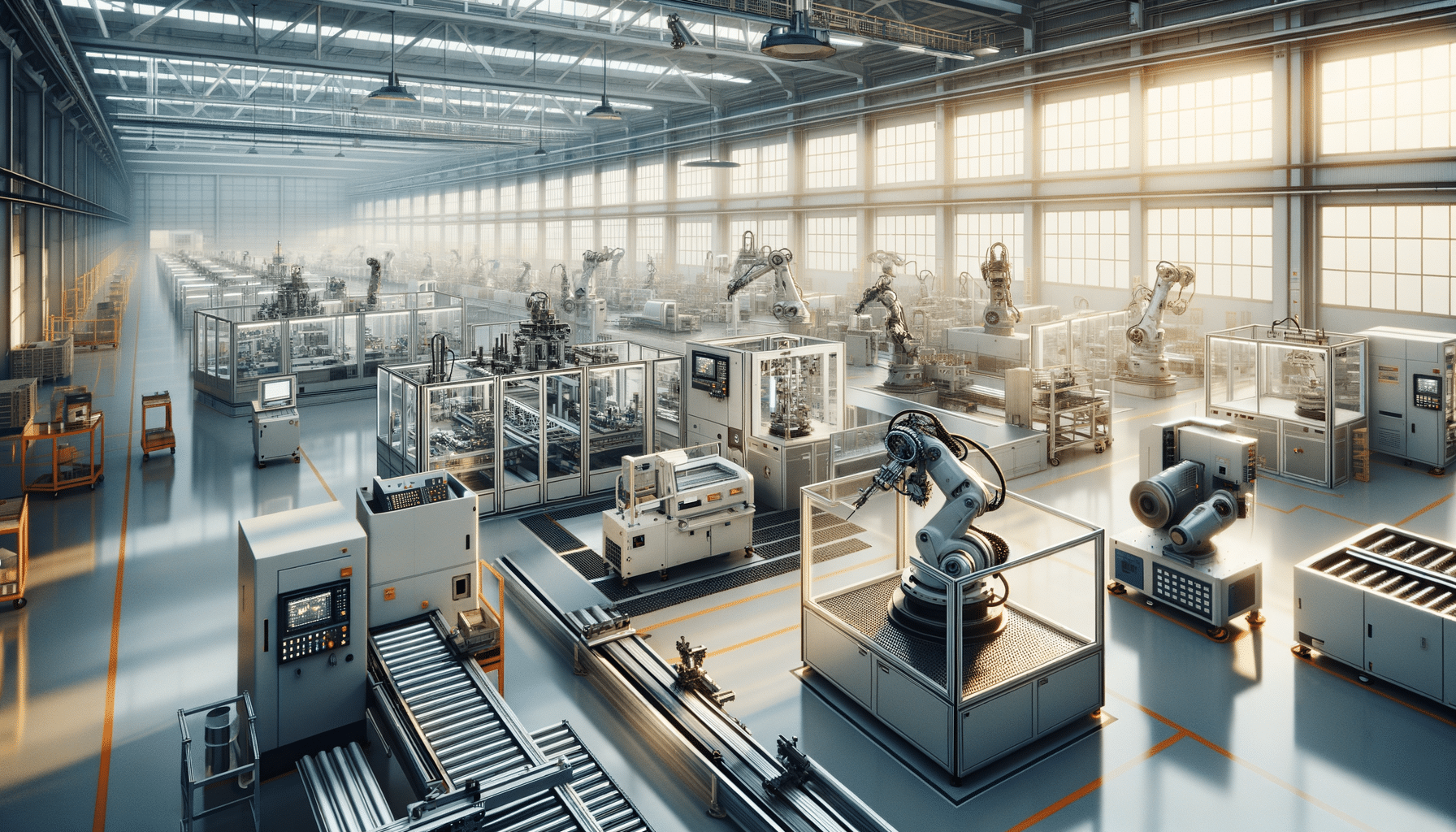
Truck Drivers and the Future of Freight Movement
Introduction: The Pivotal Role of Truck Drivers
Truck drivers have long been the backbone of the freight industry, playing a critical role in the movement of goods across vast distances. As the global economy grows and logistics demands evolve, the importance of truck drivers becomes ever more pronounced. This article delves into the current state of truck driving, the challenges faced by drivers, and the future of freight movement, highlighting the essential role of truck stops in supporting this industry.
The Current State of Truck Driving
Today, truck driving is a profession that demands precision, patience, and dedication. Drivers are responsible for transporting goods safely and efficiently, often under tight deadlines. The job requires navigating long hours on the road, which can be both physically and mentally taxing. Despite these challenges, truck driving remains a vital career path, offering stable employment opportunities and the chance to see diverse parts of the country.
However, the industry faces several challenges. A significant issue is the shortage of drivers, which has been exacerbated by increasing demand for freight services. This shortage is partly due to the aging workforce, with many drivers nearing retirement, and the industry’s struggle to attract younger workers. Additionally, regulatory changes and technological advancements are reshaping the landscape, requiring drivers to adapt to new standards and tools.
Truck Stops: Essential Havens for Drivers
Truck stops serve as crucial rest and refueling points for drivers on long hauls. These facilities provide essential services, including fueling stations, food, restrooms, and parking, helping drivers recharge and maintain their vehicles. Modern truck stops have evolved to offer a wider range of amenities, such as showers, laundry facilities, and even fitness centers, catering to the needs of drivers seeking comfort and convenience.
The role of truck stops extends beyond mere convenience. They are vital for driver safety, ensuring that truckers have the opportunity to rest and recuperate, thereby reducing the risk of fatigue-related accidents. Moreover, truck stops contribute to the local economy by providing jobs and supporting regional businesses. As the industry grows, the importance of these facilities will only increase, necessitating continued investment and innovation.
The Future of Freight Movement
The future of freight movement is being shaped by technological advancements and evolving consumer demands. Innovations such as autonomous vehicles, electric trucks, and advanced logistics software are poised to revolutionize the industry. While these technologies promise increased efficiency and reduced environmental impact, they also present challenges, such as the need for new infrastructure and potential job displacement.
Despite these changes, the human element remains crucial. Truck drivers will continue to play an essential role, particularly in navigating complex urban environments and handling specialized cargo. The industry must focus on training and upskilling drivers to adapt to new technologies while ensuring that the transition is smooth and inclusive. By embracing innovation and supporting its workforce, the freight industry can thrive in this new era.
Conclusion: Embracing Change and Supporting Drivers
As the freight industry evolves, the role of truck drivers will remain indispensable. The challenges they face, from driver shortages to technological shifts, require a concerted effort from industry stakeholders to address. By investing in driver training, improving working conditions, and enhancing truck stop facilities, the industry can ensure that drivers are well-equipped to meet the demands of the future.
As we look to the future, it is clear that truck drivers will continue to be a vital link in the supply chain, supporting the movement of goods and the growth of the global economy. By embracing change and supporting its workforce, the freight industry can navigate the road ahead with confidence and resilience.


